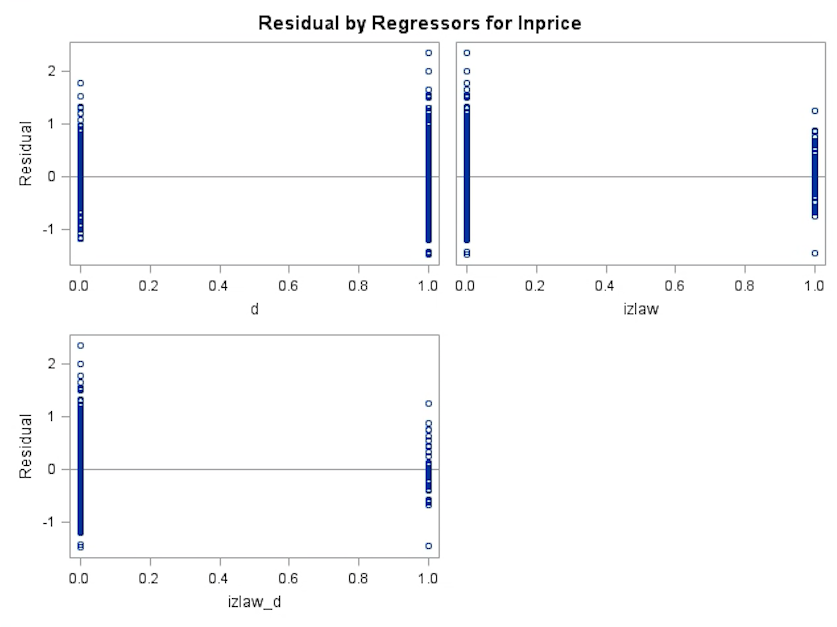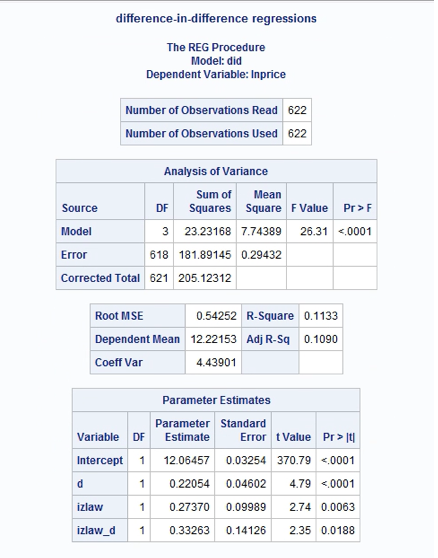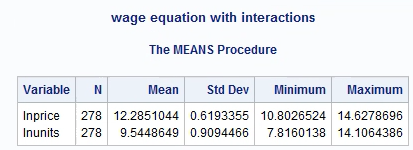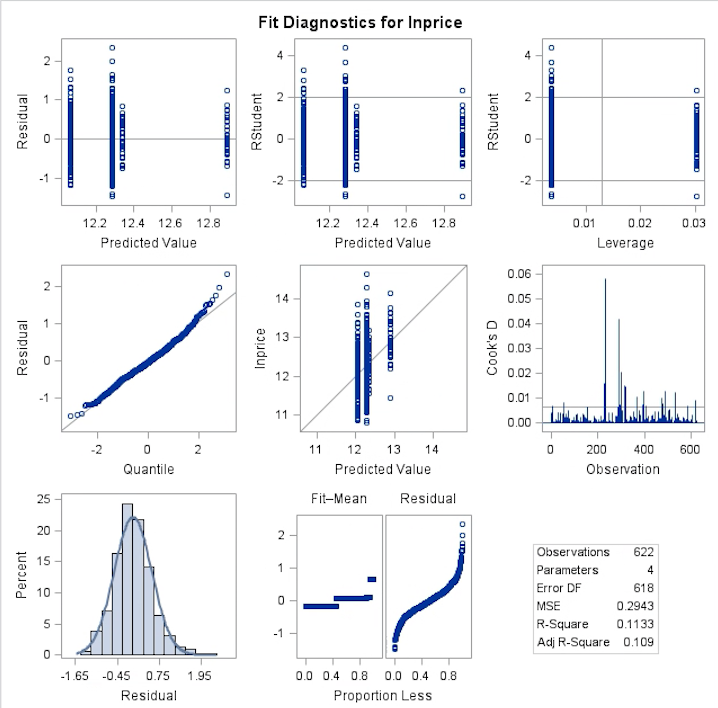Question
Many cities in California have passed Inclusionary Zoning policies (also known as below- market housing mandates) as an attempt to make housing more affordable. These
Many cities in California have passed Inclusionary Zoning policies (also known as below-
market housing mandates) as an attempt to make housing more affordable. These policies require
developers to sell some units below the market price on a percentage of the new homes built. For
example, in a development of 10 new homes each with market value $850,000, the developer
may have to sell 5 of the units at $180,000. Kang examine the effects of such policies on house
prices and number of housing units available using 1990 (before policy impact) and 2000 (after
policy impact) census data on California cities. Use means.dat for the following questions.
(i) Using only the data for 2000, compare the sample means of LNPRICE and LNUNITS for
cities with an Inclusionary Zoning policy, IZLAW=1, to those without policy, IZLAW=0.
Based on these estimates, what is the percentage difference in prices and number of units
for cities with and without the law? [Hint: use the simple rule that 100[ln(
ln( )] is
?
1
)
?
?
0
the approximate percentage difference between and .] Does the law achieve its
?
0
?
1
purpose?
(ii) Use LNPRICE and LNUNITS in difference-in-difference regressions, with explanatory
variables
D
, the indicator variable for year 2000; IZLAW, and the interaction of
D
and
IZLAW. Is the estimate of the treatment effect statistically significant, and of the
anticipated sign?
(iii)To the regression in (b) add the control variable LMEDHHINC. Interpret the estimate of
the new variable, including its sign and significance. How does the addition affect the
estimates of the treatment effect?
(iv)To the regression in (c) add the variables EDUCTTAIN, PROPOVERTY, and LPOP.
Interpret the estimates of these new variables, including their signs and significance. How
do these additions affect the estimates of the treatment effect?
(v) discuss the essential results in parts (a) through (d). Include in




Step by Step Solution
There are 3 Steps involved in it
Step: 1

Get Instant Access to Expert-Tailored Solutions
See step-by-step solutions with expert insights and AI powered tools for academic success
Step: 2

Step: 3

Ace Your Homework with AI
Get the answers you need in no time with our AI-driven, step-by-step assistance
Get Started


